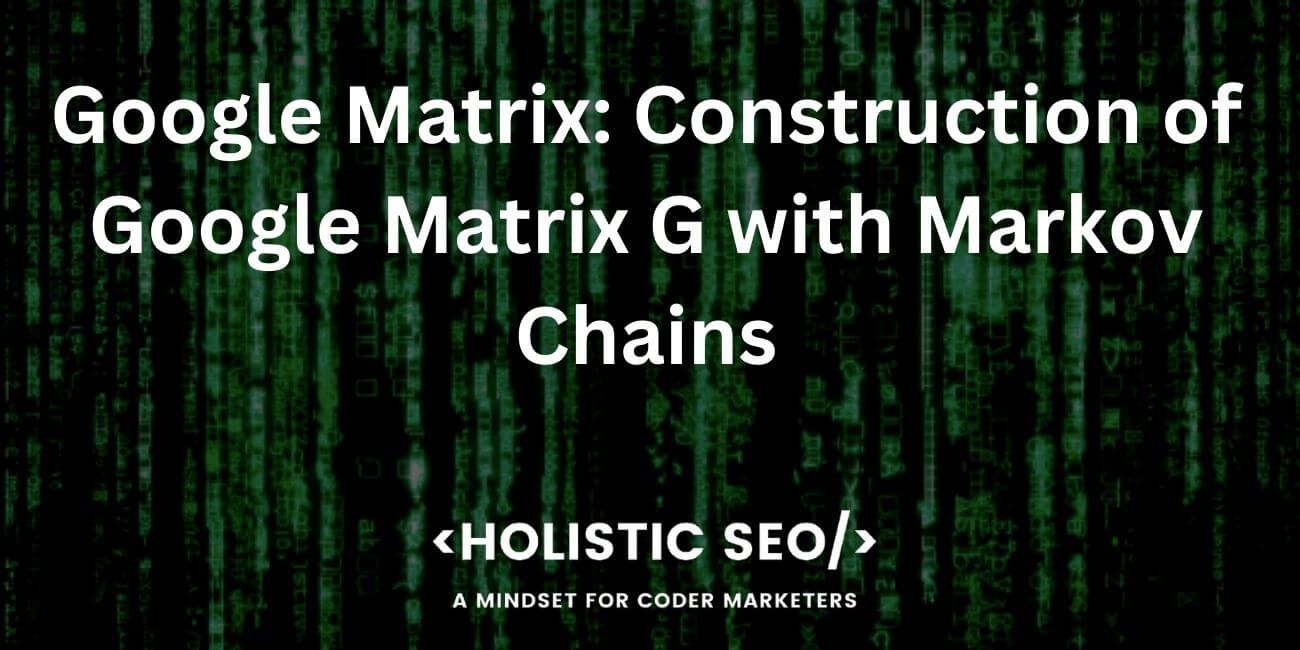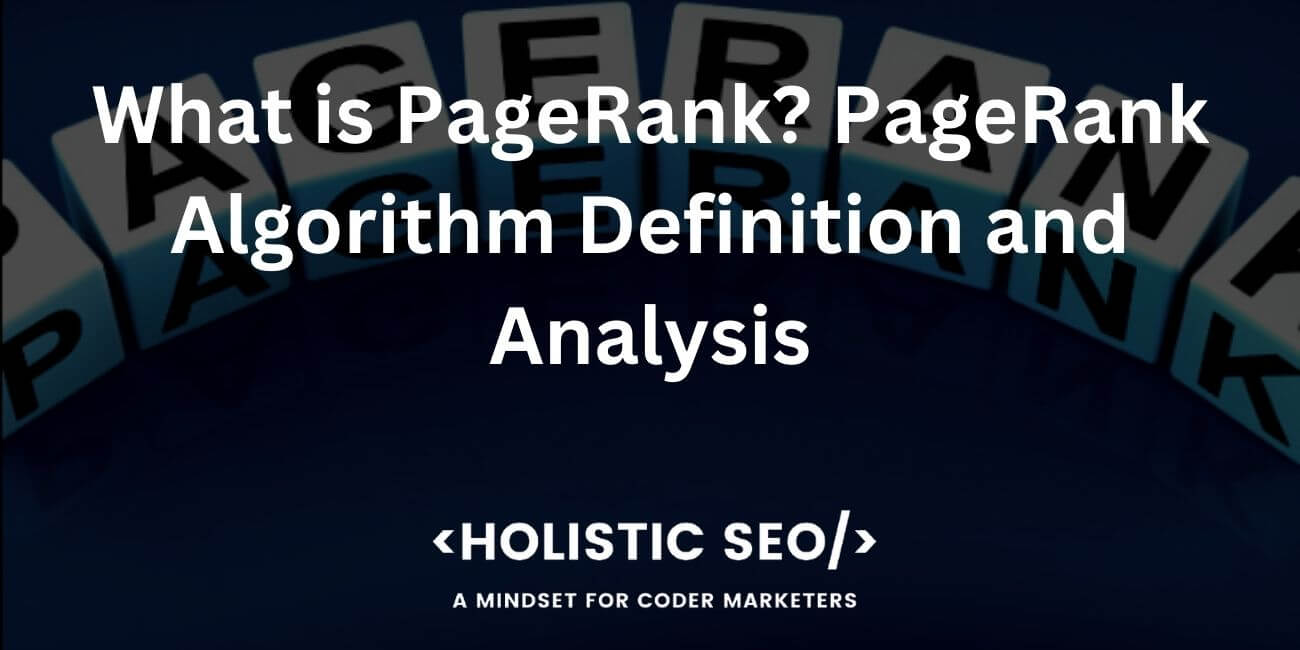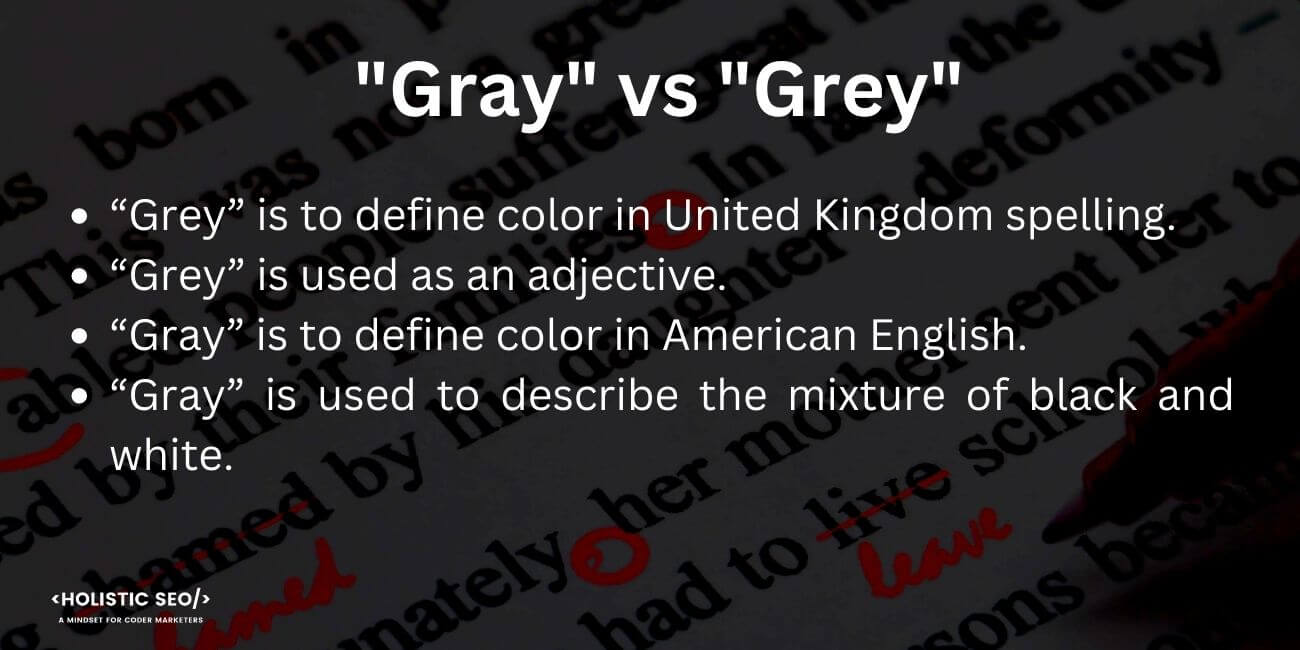The Google Matrix is used to solve PageRank. According to the design, the total of all positive and non-negative entries in each matrix column equals 1. The numerical value is called the damping factor. Matrix S is typically a sparse matrix, and modern directed networks only have roughly ten nonzero elements per line or column. Multiplying a vector by matrix G requires 10 N operations. PageRank counts the quantity and quality of links pointing to a page, which is how a website’s importance is measured. The essential state is that more significant websites probably get more links from less important websites. The associated eigenvalue, is often represented by the scale factor used to scale the eigenvector. Eigenvector geometrically equates to a real nonzero eigenvalue pointing in the direction stretched y the transformation, while eigenvalue is the factor by which it is stretched. The eigenvector is a vector that does not rotate under a specific linear alteration, it just depends on the context in which it is used to describe the state. On the other hand, an eigenstate is a dynamic quantum mechanical state with a physical quantity-corresponding eigenvector as its wave function.
What is Google Matrix?
Google Matrix is a non-negative matrix element with the sum of unity-equal columns as part of a directed network stochastic square matrix. The purpose of the Google matrix is to provide control for the structure in relative networks, biological and ecological. The benefit of using the Google matrix is that it scrutinizes the sensibility of a trade balance regarding the rise and fall of prices of products like; crude oil and trade links are considered regarding world connectivity. The PageRank algorithm of Google uses a specific stochastic matrix called a “Google matrix.” The edges of the matrix, which form a graph, stand in for connections between pages. The power approach then is used to iteratively calculate each website’s PageRank from the Google matrix. However, the matrix needs to be stochastic, irreducible, and noncyclic for the power method to converge.
What is a Markov Chain?
Markov chain is a type of mathematical approach where future states depend on the current situation or state. The Markov chain approach, under a particular measure of rule, when defining one state to another, any of the categories from sports half-time score, weather, fuel price, or stock performance. It states that even though how crucial it is to arrive at its current or present state, the future’s state is already determined by the Markov chain. There are some websites that implement the Markov chain approach, like the Reddit website. Creating links as a subreddit is a type of approach where the link is distributed and created under a subreddit topic is a type of Markov chain approach. A Markov chain is a type of stochastic model that describes a sequence of potential events that are dependent on previous events, acquired state on such probability. The Markov chain method is used in general simulations as a stochastic method for sampling probabilities in the fields of thermodynamics, physics, chemistry, and statistical mechanics. It includes business categories such as economics, finance, information theory, and speech processing.
How does Google use Google Matrix for PageRank Computation?
Google matrix is composed of algorithms that represent a graph that connects between pages, as a type of stochastic matrix used to solve Google’s PageRank search. An iterative formulation to solve PageRank for different pages used power methods from Google matrix. Google matrix computations are based on endorsements or links made by one website to another. The value indicated on the matrix is equal to one if a website receives only a single link, according to a PageRank computation. While receiving 2 links from 2 different websites, indicates shared importance, allowing ½ each value of importance to a single website. Then, if another website again receives links from 3 websites, each has a sharing value of ⅓.
What are Examples of Google Matrix?
The Google matrix’s importance for PageRank emphasizes the system of endorsements and influence. Links define a website’s importance that has backlinks from a credible source or known website. It shows on the matrix that a single link provides higher authority if the source of the link or link provider’s rank is high. One of the Google matrix examples is the Cheirank. The CheiRank is an eigenvector of the Google matrix with a maximum real eigenvalue that was created for a directed network with links pointing in the different paths. A Cheirank illustration for PageRank is shown below.
Below is an example of Google Matrix.
An example of 200 x 200 matrix elements with N=3282257 is based on the actual PageRank of the website “Wikipedia”.
How do Spectrums and Eigenstate Help for G Matrix Construction?
The spread of eigenvalues influences the corresponding eigenstate’s lifetime. The spectrum of the corresponding operators has a complex spectrum. Spectrums and Eigenstate illustrate how the spread of the values entered was changed on the G Matrix. The probability example shows the World Trade Center in 2008 PageRank P(K) in the red line and the CheiRank P*(K*) in the blue line. The dashed lines are the commodities and crude petroleum, α = 0.5; 0.85 is the full and dotted line, while the curved dashed lines are 227 countries, as presented in the image below Zipf law P ∼ 1/K.
What is Matrix Factorization?
Matrix factorization is a cooperative algorithm that has mediator parameters that recommend or predict the outcome of recommendations. There are dimensional helpers that dictate the resulting efficiency as what it needs to be. Matrix factorization enables the collaborative suggestion of dimensional parameters, to minimize individual recommendations based on the user and the subject. One of the most popular machine learning recommendation models is matrix factorization. It serves as a catalyst, enabling the system to determine the customer’s precise buying objective, scan many pages, range, and rank the ideal good or service, and offer a variety of workable solutions. The deal closes after the output satisfies the condition and the lead becomes a transaction.
How do Web Search Engines use Matrix Factorization?
The Matrix factorization in web search provides efficiency in the aspect of storage. The intervention of parameters minimizes the number of points that a standard node provides. It is because the two-dimensional parameters help the process of identifying the exact endorsed object for the web surfer. The mathematical model enables the system to divide an entity into several smaller entries to identify the characteristics or data underpinning user and object interactions, based on an array of rectangular integers and functions. There are 40 Best Web Search Engines that provide different approaches for suggesting a list of recommended websites. The matrix factorization enables a kind of search that provides different needs based on different demands. It just shows how the results vary in different initial inputs or states.
- 48 Online Shopping and Consumer Behavior Statistics, Facts and Trends - August 22, 2023
- B2B Marketing Statistics - August 22, 2023
- 38 Podcast Statistics, Facts, and Trends - August 22, 2023



Your image has been lost
Which image?